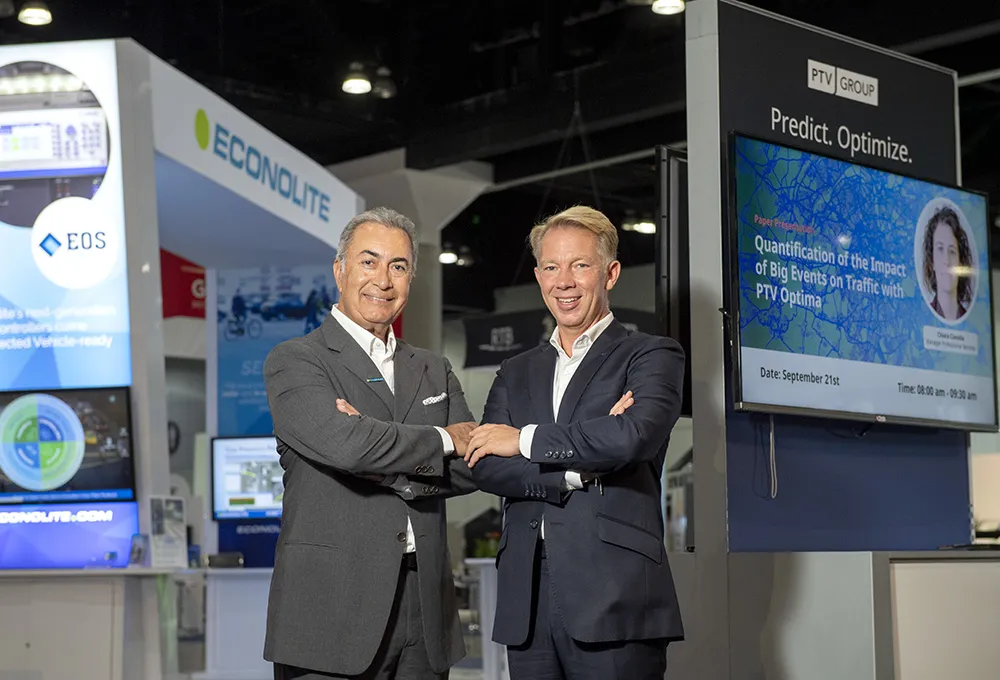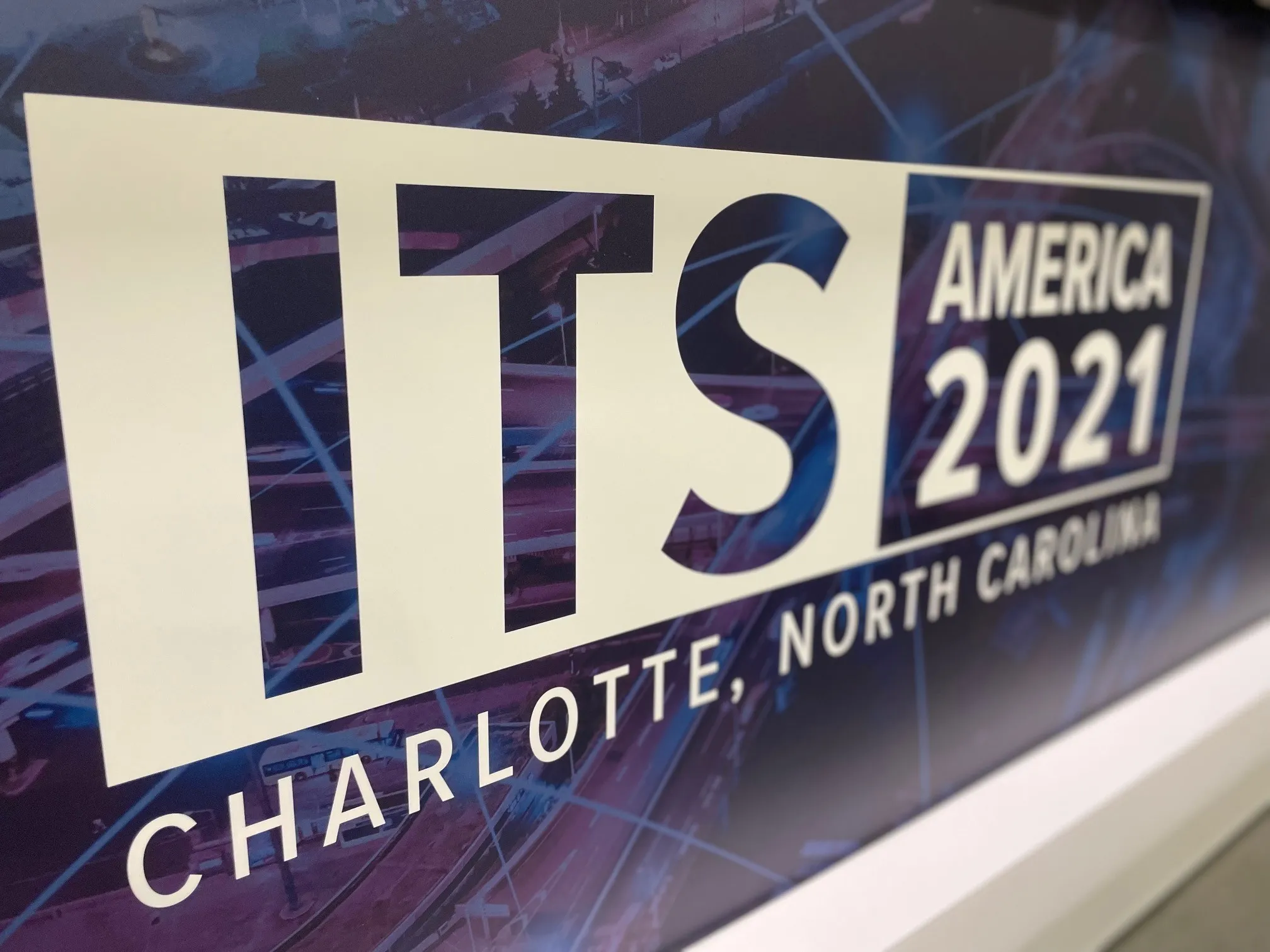
This is your chance to connect to a smart and multimodal future, and
As a long-time provider of intersection detection sensor technology to public agencies, Iteris is committed to ensuring the accurate detection of vehicles, bicycles and pedestrians moving through intersections. As the company points out, truly connected vehicles must help to improve intersection safety: the demonstration enables attendees to experience, first-hand, how seamlessly its pedestrian detection systems operate with Siemens and SiriusXM technology. They will see real-time, in-car alerts of pedestrians moving through a crosswalk sent to approaching vehicles.
Meanwhile, visitors to the Iteris booth can also experience the latest cloud-based software platforms, which support real-time congestion improvements and proactive signal maintenance.
As a key proponent of performance measurement activities, Iteris is demonstrating several types of solutions, from multimodal intersection count data analytics to Bluetooth, Wi-Fi or probe-based speed data for critical performance analysis, as well as its cloud-based signal performance measures solution, Iteris SPM.
In addition, due to the strength of its long-standing traffic engineering expertise, Iteris is demonstrating how it continues to enhance its signal performance measurement platform to support advanced analytics and metrics of traffic signal operations.
To participate in a live demonstration of Iteris’ data analytics solutions, as well as an on-street demonstration of multimodal data collection at a local Detroit intersection, register at the company’s booth.
Booth 229










